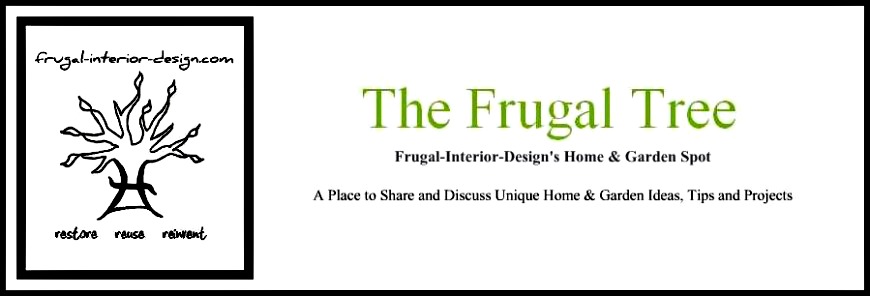Restoration Hardware made them quite popular a few years ago and their appeal caught on and is still growing. I've seen numerous design blogs since then displaying them with confidence. Of course, since first seeing one, I've been fascinated with their strong presence, chunky stance and vintage good-looks!
 |
| Displayed on a coffee-table |
Book Presses can be a bit pricey (even the replicas), but with a little luck, another vintage tool may present itself as a worthy alternative - - - A Vintage Pipe Cutting Clamp.
 |
| A small, vintage glass bottle seems a trusty accompaniment to this massive tool. |
Yes, a few months ago, I was wandering around a small-town flea market and happened upon this contraption. I of course did not know what the heck it was at the time, but knew in my heart it would provide the same, unique look I desired of the book press. How much? Ummm, I figured I'd pay up to $30.00 for the piece but was stunned when the owner said "ten bucks". I thought I'd drop my wallet in a fumbling frenzy to get my money out - - - convinced someone lingering nearby overhead the price of my soon-to-be new treasure and would jump in with a higher offer! After handing him the money, I then inquired as to what it was. He probably thought I was a loon (buying something without knowing what it was). He was probably eager to NOT have to carry the beast back to his vehicle if it failed to sell. It sure was a heavy purchase.
 |
| Appropriately placed atop a Restoration Hardware Catalog |
I got it home, cleaned it up a bit with some wire brushes and WD-40 on a rag. I think it cleaned up quite nicely and it looks perfect perched atop a pile of books. The coffee-table is bearing the weight of the focal item well - thank goodness!
 |
| Other vintage tools and metal accents create balance and harmony |
Upon writing this post (which I've been wanting to do for some time now to gloat about my find), I decided to do a little searching online. I found one on Craigslist doing a Google search for "vintage pipe cutting clamp" as shown below.
 |
| Listed on the Parsippany, NJ Craigslist for $150.00 for any interested local shoppers. Wow, I sure got a bargain in paying $10.00 for mine! |
 |
| Craft-paper wrapped books, another Restoration Hardware- inspired idea. |
 |
| I love the massive crank-handle at the top |
If the alternative (pipe cutting clamp) isn't your thing, Restoration Hardware still carries their replica cast iron book press and amazingly enough, I found a thriftier version at Amazon as shown below for about 1/2 the cost!
So, if you love the ruggedness of hefty cast iron and the appeal of antique tools, consider a vintage book press or a vintage pipe cutting clamp. You won't be disappointed!
Very Merry Vintage Style
Someday Crafts - Whatever Goes Wednesday
Savvy Southern Style - Wow Us Wednesday
The Brambleberry Cottage - Time Travel Thursday
The Shabby Creek Cottage - Transformation Thursday
House of Hepworths - Hookin Up with HOH



























